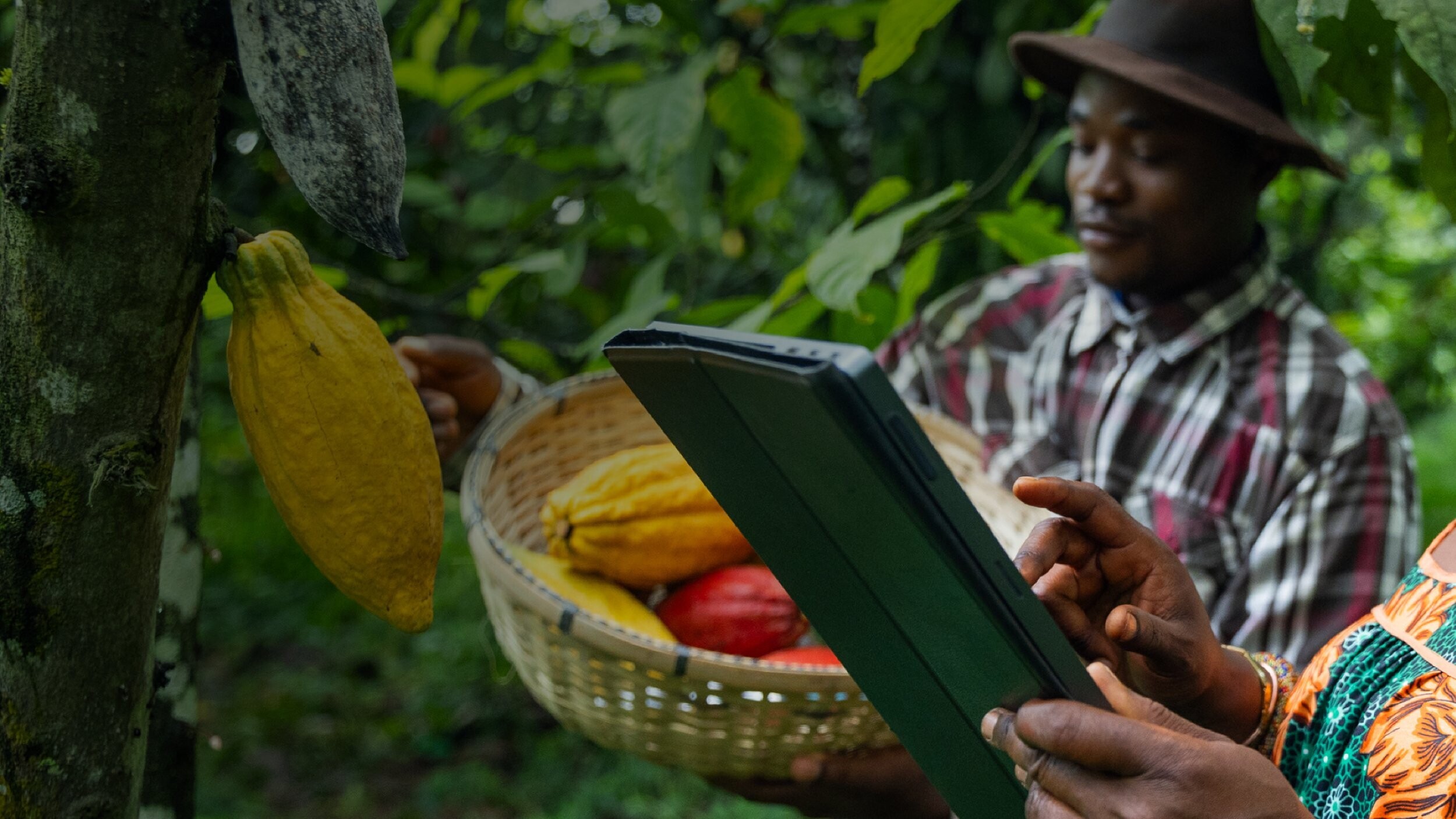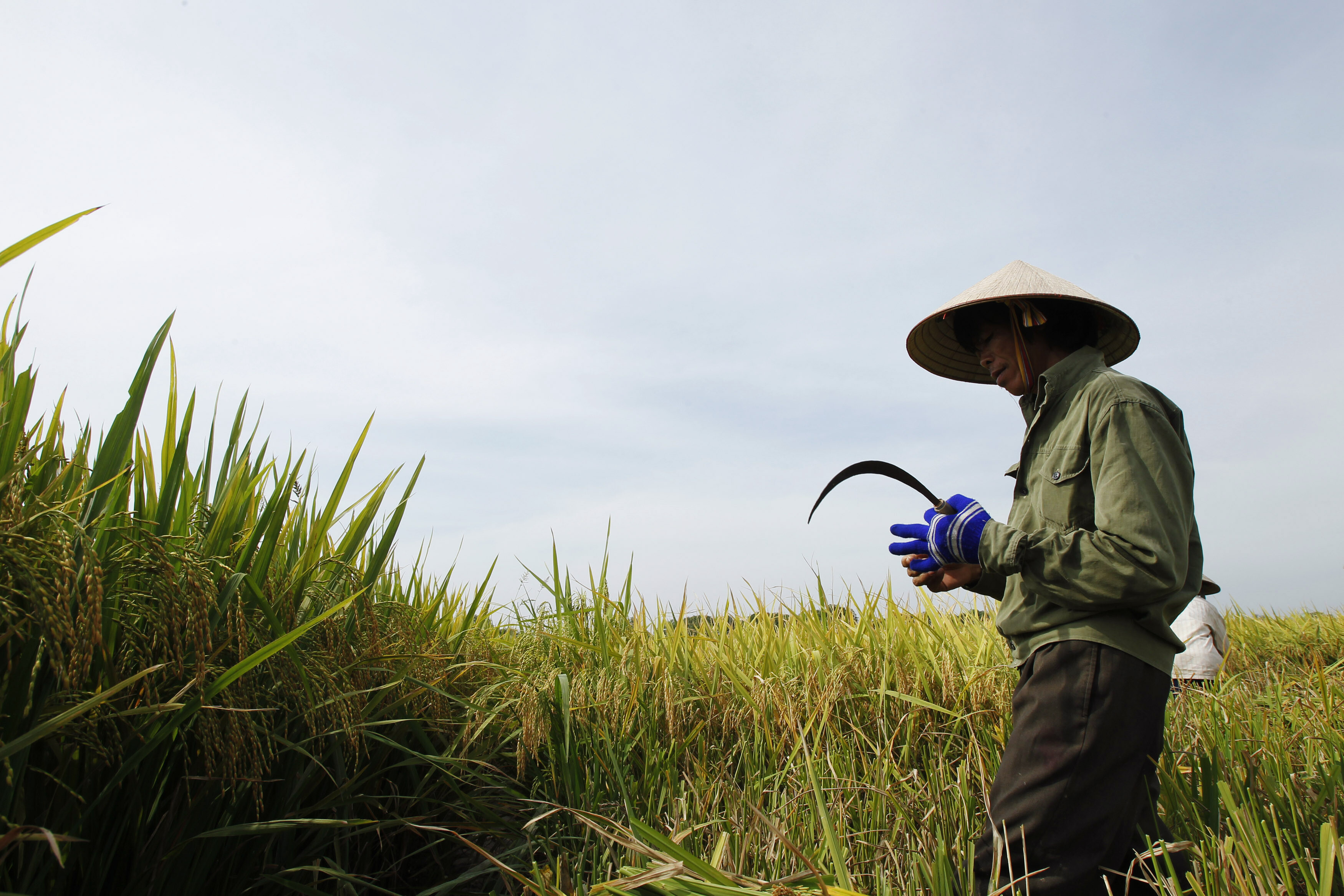Here’s how the Senegalese are reclaiming African history and art

Museum of Black Civilizations in Dakar. Image: REUTERS/Zohra Bensemra
This article was first published in Quartz Africa in January 2019.
The recent release of the groundbreaking study by Senegalese economist Felwine Sarr and French historian Bénédicte Savoy calling for the restitution of Africa’s looted assets has sparked debates from the art historians of Paris and London to the museums and cultural centers of Africa’s major cities.
With over 90,000 African artifacts in French museums and thousands more spread throughout different museums in Europe, the debate rages on about whether Africa should be “loaned” back her looted assets and whether we have the ability or interest to safeguard our treasures. This is why the recent opening of the Museum of Black Civilizations in Dakar could not have been more timely.
The massive 14,000 square meters complex has four floors that draw its architectural inspiration from the inner atriums of the homes in the Casamance region in the south of Senegal and from the Great Zimbabwe kingdom. The first thing the viewer is confronted with is the huge baobab sculpture by Haitian sculptor Edouard Duval-Carrié in the middle of the museum. The beloved tree of life is of great cultural, spiritual and historical significance in Senegal with some of the trees being between 1,000 – 2,500 years old and having more than 300 uses.

The museum hopes to represent all black civilizations, but the fact that it is based in Dakar is not mere coincidence. Art lives and breathes in Dakar. With its founding father and the brain-child behind this grand museum – Léopold Sédar Senghor – having been a poet, cultural theorist and leading pan-Africanist thinker, it makes sense that Dakar would be the home of this museum. The literary movement of negritude—a framework of critique and literary theory was developed mainly by Francophone intellectuals, writers, and politicians of the African diaspora during the 1930s. Key among its founders were Senghor, Martinican poet Aimé Césaire and Léon Damas of French Guyana. As such, Dakar is very well-suited to be the continental home of this movement.

Just a month since its opening date, the museum is already attracting 500-600 visitors every day, according to the museum director, Hamady Bocoum. It started with 700 exhibits and currently has 1,300 with the expectation that there will be between 4,000 to 5,000 exhibits on display by the end of 2019. There is space for 18,000 exhibits. Entrance is currently free to the public till the end of January 2019 (after which they will charge ~$3 for entry).
There are four sections in the inaugural exhibition: The Cradle of Humanity (featuring skulls and skeletons discovered in different parts of the continent), Continental African Civilizations (delves into the history of masks and the impact of the advent of Sufism and Christianity in Africa), Globalization of Africa (looks at concepts of negritude, pan-Africanism, black consciousness movements) and Africa Now (contemporary art from black artists from Africa, Americas and the Caribbean.)

“The restitution of Africa’s stolen assets should not be dependent on us having space to display it,” says Hamady, to explain the role the museum will play in the great debate on the restitution of Africa’s looted assets. “Those who stole our assets cannot dictate what we do with them. For example, if a community wants to restore their assets to sacred forests from which they were taken, that is their right!”
The museum never loses sight of its aim to educate and enlighten the visitor of the role of black African art and ingenuity in human civilization. This includes a display that focuses on the contribution of Africa to medicine, mathematics, architecture, which of course would not be complete without mentioning the work of Cheikh Anta Diop, the Senegalese historian, anthropologist and physicist who studied the human race’s origins and pre-colonial African culture.
Diop was the first to talk about the African origins of Homo Sapiens—a view that was considered controversial at the time, but is now widely accepted. In another exhibit, there is a tribute to African women and women of African descent who have changed the world—it celebrates Winnie Madikizela Mandela, Harriet Tubman, Wangari Maathai, Angela Davis, Sojourner Truth among others.

The exhibition on negritude, black consciousness and pan-Africanism pays tribute to various greats including Dr. Martin Luther King Jr., Frederick Douglas, Thomas Sankara, Malcolm X among others. The contemporary art section features an impressive collection of works e.g. photos of Malaïka Dotou Sankofa, a fictional androgynous African angel by Franco-Beninoise artist Laeïla Adjovi that won the 2018 Dakar Biennale Art Prize, portraits by iconic Malian photographer, Malick Sidibé and an installation by Haitian artist Philippe Dodard that shows the stages of slavery from Africa to the middle passage to Caribbean plantations.
Black people the world over need to see their stories represented in such a way and in locations accessible to them on the continent. As such even though there is something for everyone in the museum given that the history of Africa is actually the history of all human civilization, the museum will be especially important for the sons and daughters of the continent – whichever part of the world they are in.
Don't miss any update on this topic
Create a free account and access your personalized content collection with our latest publications and analyses.
License and Republishing
World Economic Forum articles may be republished in accordance with the Creative Commons Attribution-NonCommercial-NoDerivatives 4.0 International Public License, and in accordance with our Terms of Use.
The views expressed in this article are those of the author alone and not the World Economic Forum.
Stay up to date:
Social Innovation
Related topics:
Forum Stories newsletter
Bringing you weekly curated insights and analysis on the global issues that matter.







